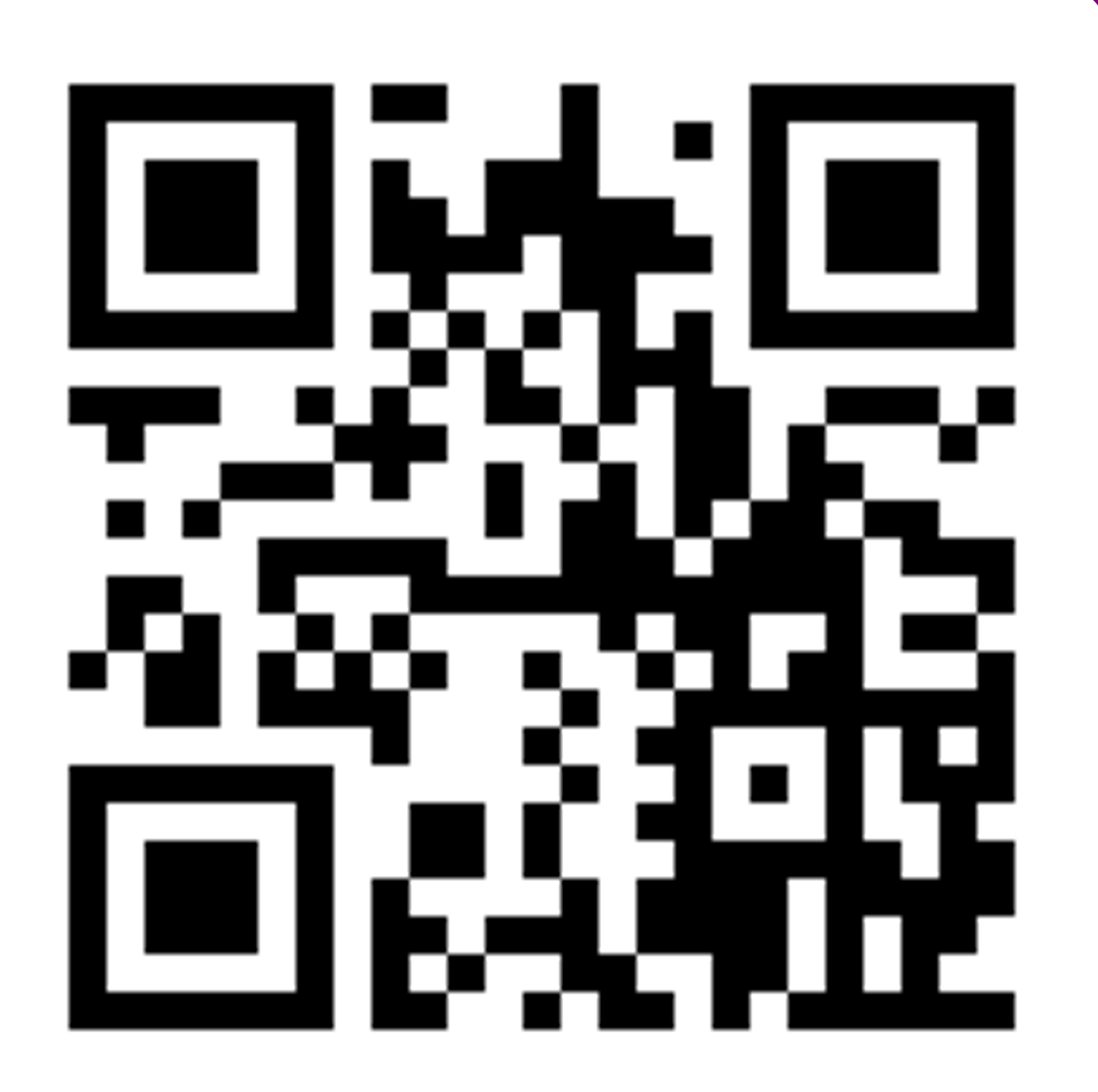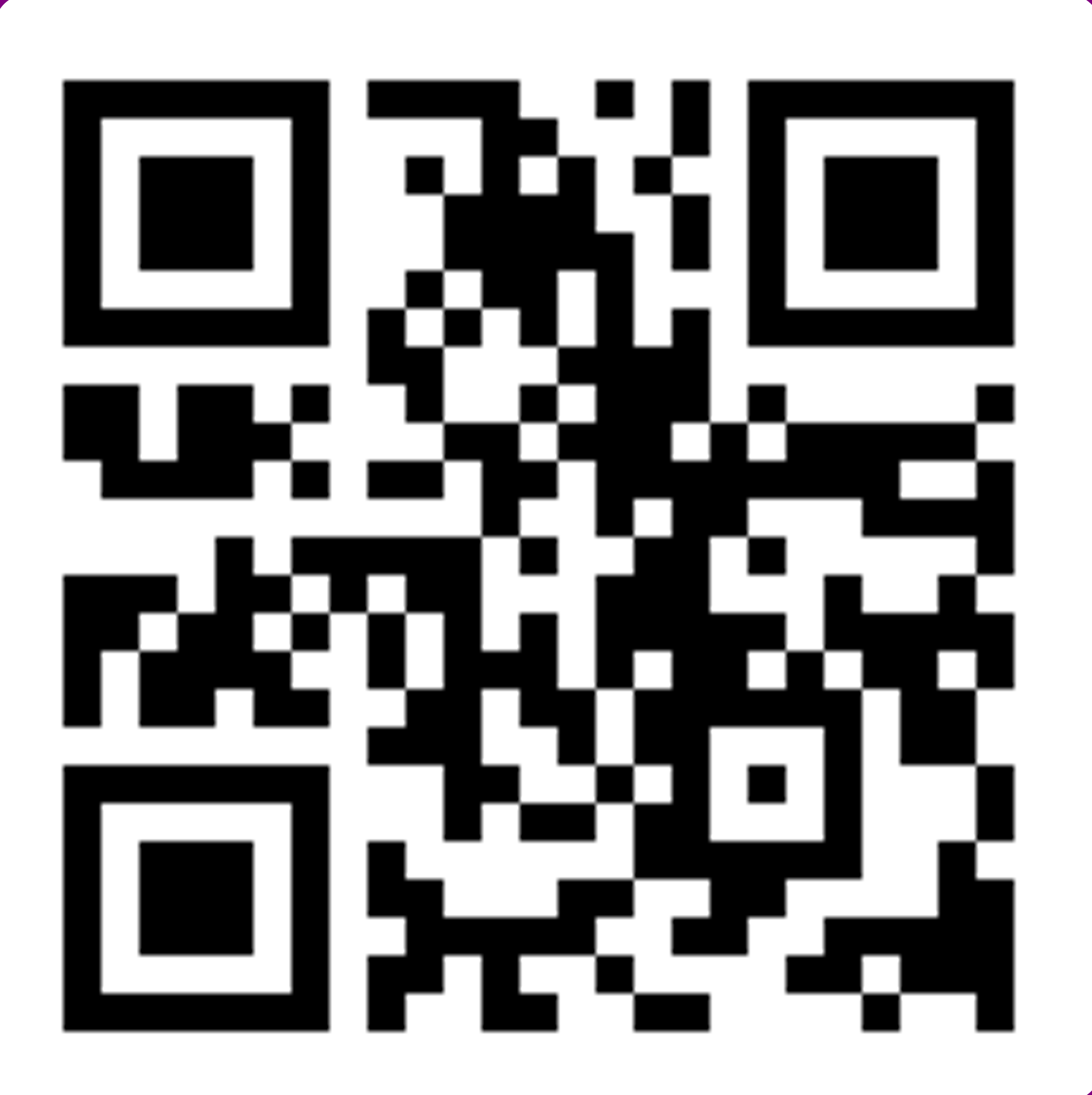ค้นหางานศิลปกรรม
ฐานข้อมูลศิลปกรรมในเอเชียตะวันออกเฉียงใต้
ประติมากรรมหน้าบันรูปครุฑและนาค
พระวิษณุทรงเป็นเทพเจ้าผู้รักษาจักรวาล ทรงมีพาหนะที่สำคัญคือครุฑและนาค ซึ่งปรากฏอยู่บนหน้าบันทั้งสองตัว ครุฑเป็นพาหนะของพระวิษณุในคราวเสด็จไปในที่ต่างๆ ส่วนนาคเป็นบัลลังก์บรรทมของพระองค์บนเกษียรสมุทร
ประติมากรรมสิงห์ยกขาจากปราสาทจาเกียว
ประติมากรรมรูปสัตว์จากปราสาทจาเกียวทั้งหมด มักอยู่ในทาทางเคลื่อนไหวอันถือเป็นเอกลักษณ์ของประติมากรรมรูปสัตว์ในระยะนี้ รูปสิงห์เองก็มีท่าทางยกขาขึ้นและเอี้ยวตัวเคลื่อนไหวอย่างมาก อนึ่ง สิงห์ซึ่งมีเขาแพะนั้นเรียกว่า “วยาล” ในศิลปะอินเดีย
ประติมากรรมเศียรบุคคลสวมมงกุฎแหลม
เศียรบุคคลนี้ถือเป็นตัวอย่างของประติมากรรมในสมัยมิเซิน A1 ได้ดีที่สุดชิ้นหนึ่ง โดยมงกุฎมีลักษณะสำคัญคือประดับด้วยตาบจำนวนมาก ตาบดังกล่าวเป็นตาบที่ “คั่นกลาง” กระบังหน้า ตามมีลักษณะเป็นตาบสามเหลี่ยมขนาดเล็กซ้อนขึ้นไปหลายชั้น อนึ่งตาบแบบนี้แสดงความเกี่ยวข้องอย่างมากกับศิลปะชวาซึ่งเข้ามามีบทบาทมากในระยะนี้
ประติมากรรมส่วนประดับมุมปราสาทรูปบุคคล
ส่วนประดับมุมรูบบุคคลนี้ถือเป็นตัวอย่างของประติมากรรมในสมัยมิเซิน A1 ได้ดีที่สุดชิ้นหนึ่ง โดยมงกุฎมีลักษณะสำคัญคือประดับด้วยตาบจำนวนมาก ตาบดังกล่าวเป็นตาบที่ “คั่นกลาง” กระบังหน้า ตามมีลักษณะเป็นตาบสามเหลี่ยมขนาดเล็กซ้อนขึ้นไปหลายชั้น อนึ่งตาบแบบนี้แสดงความเกี่ยวข้องอย่างมากกับศิลปะชวาซึ่งเข้ามามีบทบาทมากในระยะนี้ อนึ่ง ปราสาทในศิลปะมิเซิน A1-บิญดิ่นมักประดับมุมปราสาทด้วย “ส่วนประดับมุม” เสมอ โดยหลายครั้งที่อยู่ในรูปของบุคคลประนมมือไหว้
ประติมากรรมพระศิวะ
ประติมากรรมบุคลสมัยบิญดิ่น เริ่มมีการจัดระเบียบมากขึ้นกว่าสมัยก่อนหน้า คือ ตาบทุกตาบของพระเศียรขึ้นไปอยู่เหนือกระบังหน้าทั้งหมด ลักษณะสำคัญของประติมากรรมสมัยบิญดิ่นและสมัยหลัง คือประทับนั่งพิงแผ่นหลัง โดยพระหัตถ์จำนวนมากติดไปกับแผ่นหลัง ส่วนผ้านั่งเองกักชักชายผ้าวงโค้งหรือชายผ้าสามเหลี่ยมตกลงมาด้านหน้า
ประติมากรรมหน้าบันรูปมหิษาสูรมรรทนีที่ปราสาทโพนคร
ปราสาทโพนคร เป็นที่ประดิษฐานเทวรูปของพระภควตี ภาคหนึ่งของพระอุมา เป็นเทพีประจำอาณาจักรจามปาภาคใต้ โดยมีประวัติมาตั้งแต่พุทธศตวรรษที่ 14 ว่า มีการสถาปนาปราสาทถวายแด่เทวรูปพระภควตีมาตั้งแต่สมัยหัวล่าย ต่อมาถูกองทัพขอมข้าทำลายในพุทธศตวรรษที่ 15 ทำให้มีการสร้างปราสาทหลังใหม่ในสมัยบิญดิ่นตอนต้น ซึ่งก็คือปราสาทหลังปัจจุบัน
ประติมากรรมรูปสัตว์จากปราสาทถาปมาม
รูปสิงห์จากปราสาทถาปมาม แสดการยกแข้งยกขาตามแบบศิลปะจีน หน้าตาของสิงห์มีการปะปนระหว่าง "สิงห์" และ "มังกรจีน" เป็นอย่างมาก ทั้งการมีเครา การอ้าปากแลบลิ้น การมีเขี้ยวมุมปาก เป็นต้น ทั้งหมดนี้แสดงอิทธิพลของเวียดนามที่เข้ามามีบทบาททางการเมืองขึ้นเรื่อยๆในพื้นที่แถบนี้
ประติมากรรมรูปสัตว์จากปราสาทถาปมาม
รูปสิงห์แบบจากปราสาทถาปมาม แสดงให้เห็นอิทธิพลศิลปะขอมแบบบายนที่เข้ามามีบทบาทในศิลปะบิญดิ่นอย่างมาก เนื่องด้วยท่าทางของสิงห์ดังกล่าวคล้ายคลึงกับสัตว์แบกฐานพระราชวังหลวงของเมืองพระนครอย่างมาก อนึ่ง เนื่องด้วยการโจมตีของพระเจ้าชัยวรมันที่ 7 ทำให้ประติมากรรมในระยะนี้มีอิทธิพลขอมเข้ามาปะปน การชักชายผ้ารูปสามเหลี่ยมด้านหน้าก็ถือเป็นอิทธิพลจากศิลปะขอมเช่นกัน

